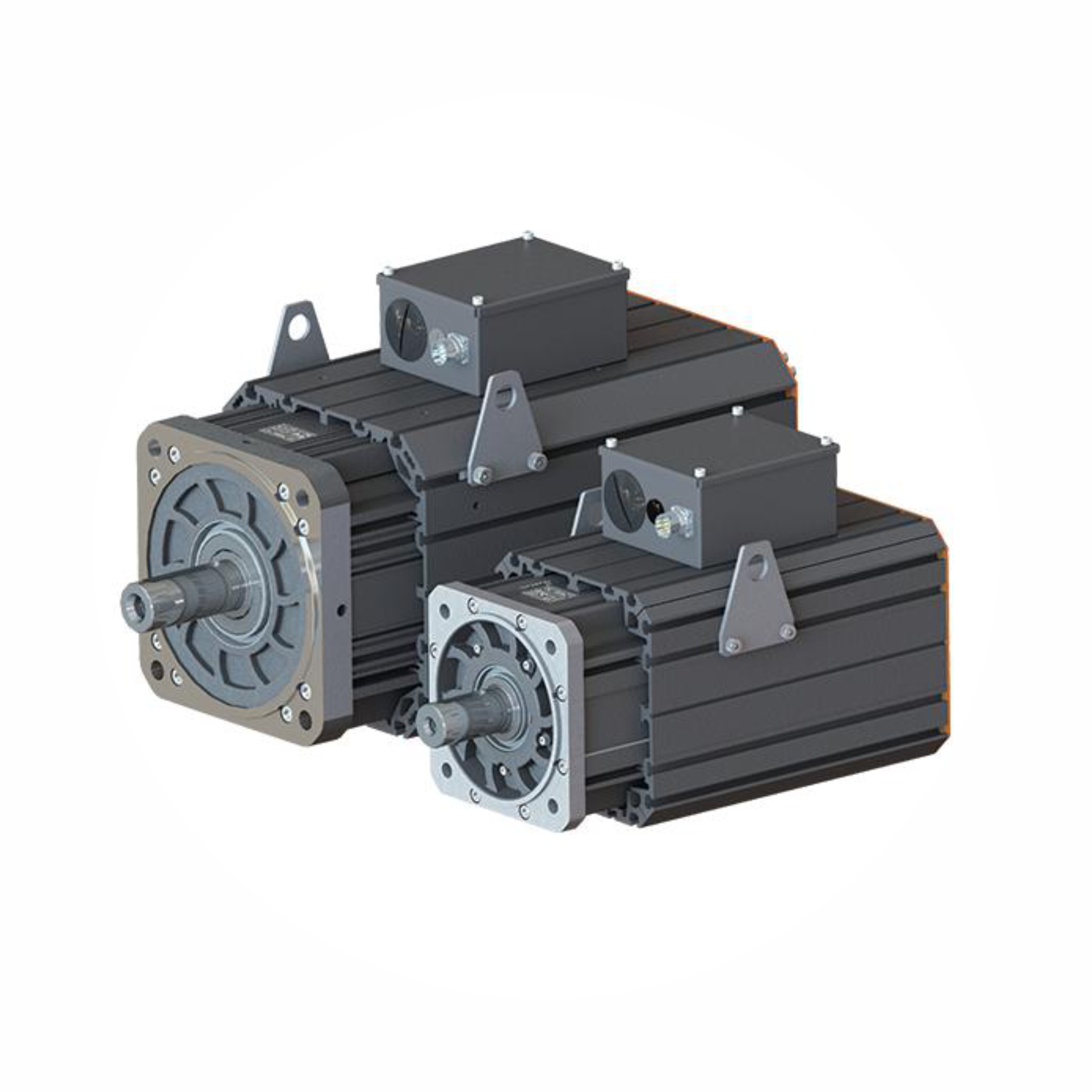
What Safety Features Should You Look for in a Servo Motor?
Servo motors are integral components in numerous industrial applications, providing precise control over motion and positioning. However, like any piece of machinery, they come with potential safety risks. Ensuring that your servo motor system is equipped with the right safety features is crucial for protecting operators, equipment, and the overall work environment. Here are some key safety features you should look for in a servo motor.
1. Emergency Stop (E-Stop) Functionality
An emergency stop, or E-Stop, is a fundamental safety feature that allows operators to quickly halt the motor in case of an emergency. This feature is crucial for preventing accidents and minimizing damage during unexpected situations. The E-Stop should be easily accessible and capable of stopping the motor immediately to ensure rapid response to any hazardous conditions.
2. Overload Protection
Overload protection safeguards the servo motor from damage due to excessive current or torque. When the motor operates beyond its designed capacity, it can overheat or suffer mechanical failure. Overload protection mechanisms, such as current sensors and thermal sensors, detect abnormal operating conditions and shut down the motor to prevent overheating and potential damage.
3. Safety Torque Off (STO)
Safety Torque Off (STO) is a critical safety feature that ensures the motor does not generate torque while in a safe state. STO is essential for preventing unintended movements of the motor, especially during maintenance or when the system is powered but not actively controlled. This feature is typically implemented through hardware redundancy to ensure reliability.
4. Brake Control and Holding Brakes
Servo motors equipped with brakes can hold their position when power is removed, preventing unintended motion. Holding brakes are particularly important in vertical applications or systems where gravity can cause the load to move when the motor is powered down. Proper brake control ensures that the brake engages and disengages correctly, maintaining the safety and stability of the system.
5. Position and Speed Monitoring
Accurate monitoring of the motor’s position and speed is essential for safe operation. Advanced servo motor systems use encoders and resolvers to provide real-time feedback on the motor’s status. This feedback enables precise control and detection of any deviations from the intended operation, allowing for immediate corrective actions to prevent accidents.
6. Safe Stop 1 (SS1) and Safe Stop 2 (SS2)
Safe Stop 1 (SS1) and Safe Stop 2 (SS2) are safety functions that provide controlled stopping of the motor. SS1 brings the motor to a stop and then engages the STO function, while SS2 brings the motor to a stop and then activates a safe operating state. These functions ensure that the motor stops in a controlled manner, reducing the risk of abrupt halts that could lead to mechanical stress or operator injury.
7. Safe Operating Stop (SOS)
Safe Operating Stop (SOS) is a safety feature that allows the motor to stop in a safe manner while still maintaining position feedback. This feature is useful in applications where maintaining the position is critical, such as in robotics or CNC machinery. SOS ensures that the motor remains in a safe state while providing the necessary feedback for precise control.
8. Protective Enclosures and Seals
Protective enclosures and seals are essential for safeguarding the servo motor from environmental factors such as dust, moisture, and contaminants. Enclosures with appropriate Ingress Protection (IP) ratings ensure that the motor can operate safely in harsh conditions. Seals prevent the ingress of harmful substances that could damage the motor or create unsafe conditions.
9. Fault Detection and Diagnostics
Advanced fault detection and diagnostic capabilities are vital for maintaining the safety and reliability of servo motor systems. These features enable the system to identify potential issues such as overheating, overcurrent, or mechanical wear. Early detection allows for preventive maintenance, reducing the risk of unexpected failures and enhancing overall safety.
10. Safety Integration with Control Systems
Integration of safety features with the overall control system is crucial for ensuring seamless and effective safety management. Servo motors should be compatible with safety PLCs (Programmable Logic Controllers) and other safety devices. This integration allows for coordinated safety responses and comprehensive monitoring of the entire system.
11. Compliance with Safety Standards
When selecting a servo motor, it is important to ensure that it complies with relevant safety standards and certifications. Standards such as ISO 13849, IEC 61508, and IEC 61800-5-2 outline safety requirements for machinery and industrial equipment. Compliance with these standards ensures that the servo motor meets stringent safety criteria and provides a reliable level of protection.
Conclusion
Investing in servo motors with robust safety features is essential for protecting personnel, equipment, and operational efficiency. Key safety features such as emergency stop functionality, overload protection, safety torque off, and advanced monitoring capabilities play a crucial role in preventing accidents and ensuring safe operation. By carefully selecting servo motors that incorporate these safety features and comply with relevant standards, you can create a safer and more reliable industrial environment.


